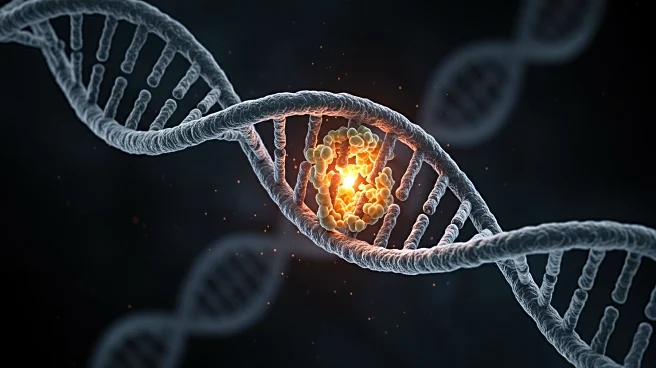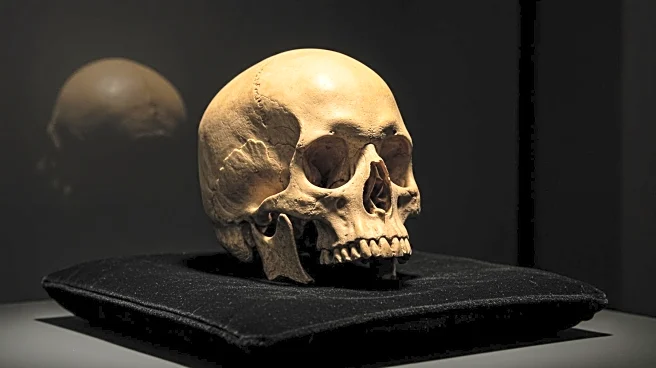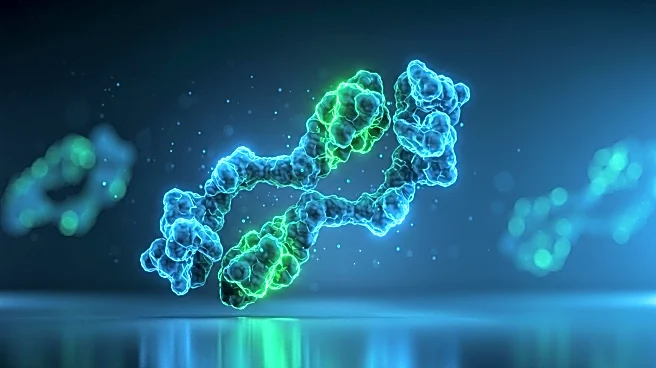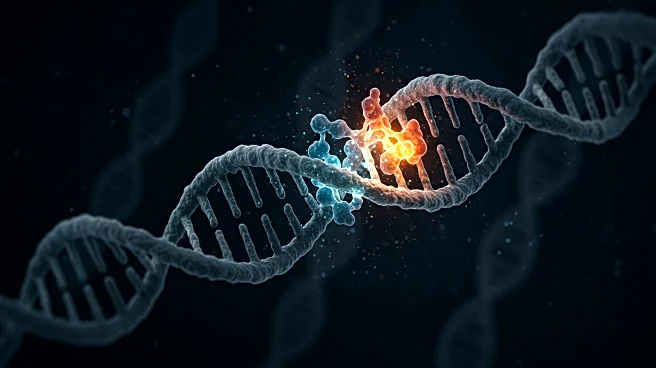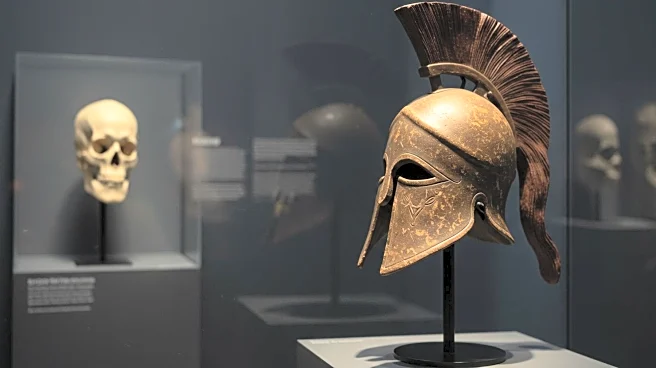Rapid Read • 7 min read
A 146,000-year-old skull unearthed in Harbin, China, has been identified as belonging to the Denisovans, an ancient human group previously known only through genetic analysis. The skull, which carries Denisovan DNA, reveals that these hominins had facial features similar to modern humans but with thick brow ridges and lacked tall foreheads. This discovery suggests that Denisovans might be more closely related to modern humans than Neanderthals, potentially reshaping the human evolutionary tree. The finding has sparked debates over the classification of Denisovans and their place in human ancestry.
AD
The identification of the Denisovan skull provides crucial physical evidence of this ancient human group, which was previously known only through DNA. This discovery could redefine the understanding of human evolution, suggesting that Denisovans may be our closest ancient relatives. It challenges the established view that Neanderthals are the closest relatives to modern humans, potentially altering the narrative of human ancestry. The implications extend to the search for Ancestor X, the population that gave rise to modern humans, and may prompt further research into Denisovan behavior and their interactions with other human species.
Researchers are expected to propose new names for the Denisovans and debate their classification within the human evolutionary tree. Further studies will likely focus on understanding Denisovan behavior and their adaptation to different environments. The discovery may lead to more archaeological excavations to uncover additional Denisovan sites and artifacts, providing deeper insights into their lives and interactions with other human species.
AD
More Stories You Might Enjoy



